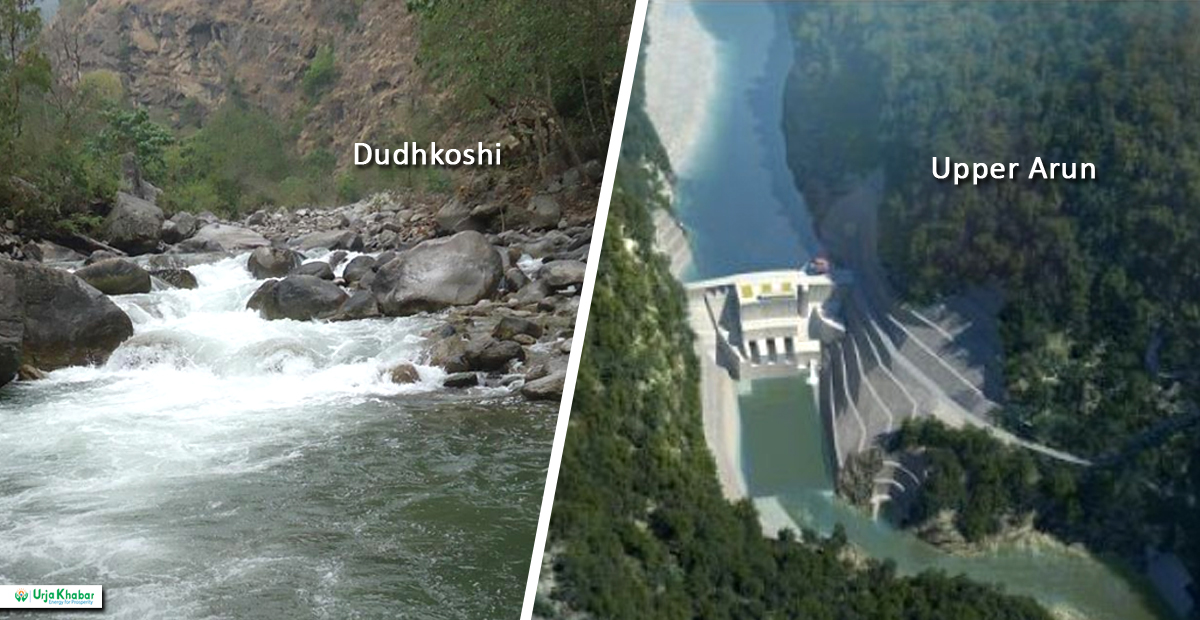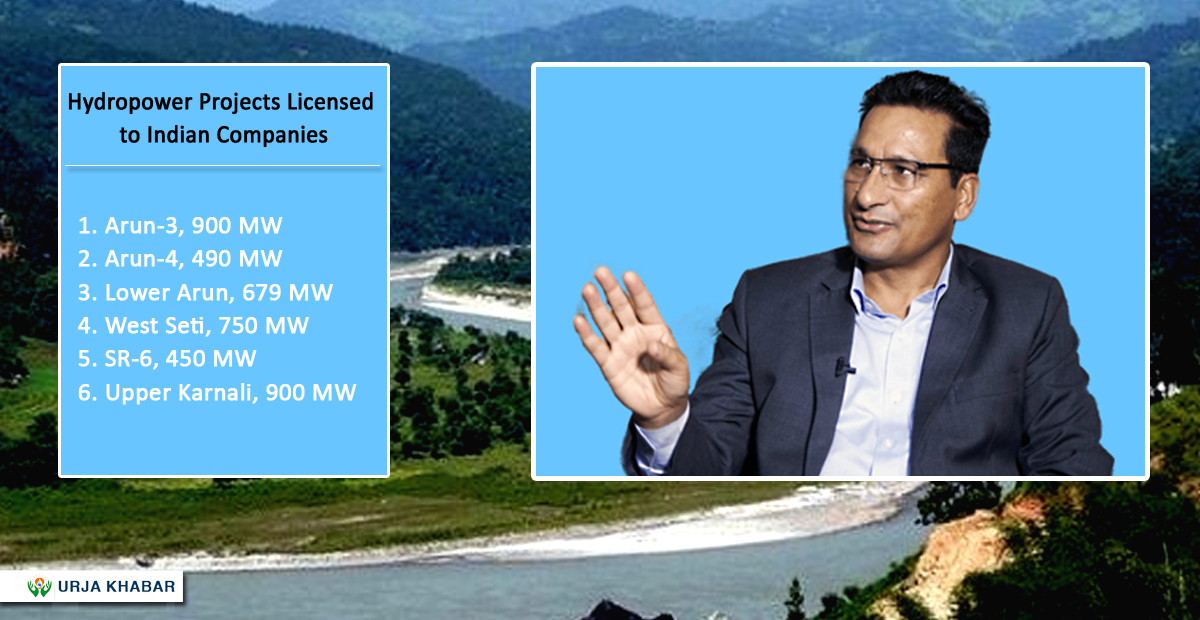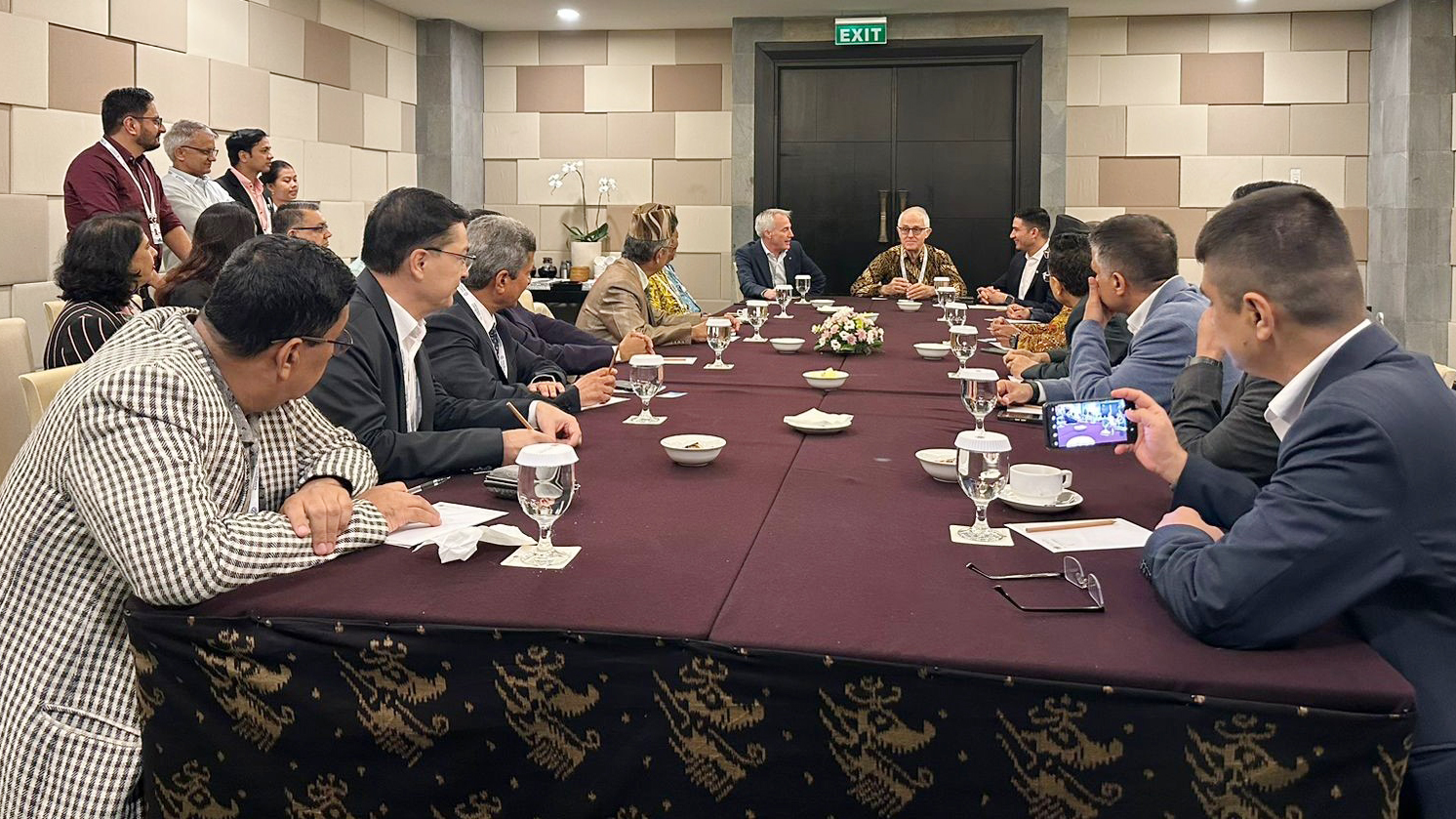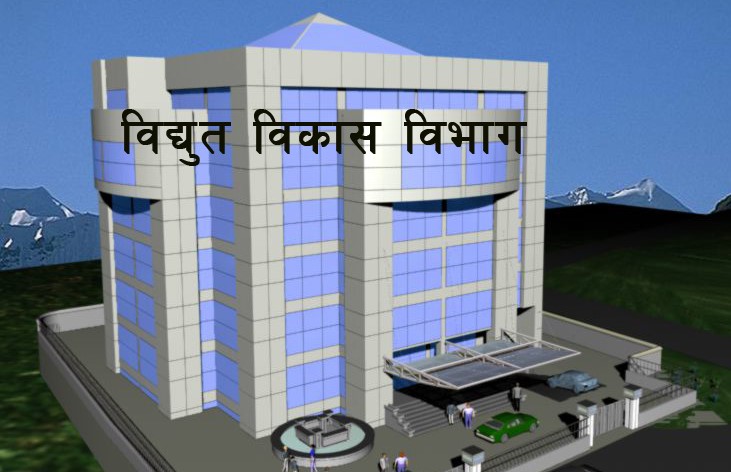Energy Update
Raising investment led by the World Bank in Upper Arun and ADB in Dudhkosi

Kathmandu; The investment will be managed under the leadership of the World Bank and the Asian Development Bank (ADB), respectively, for the Upper Arun PROR (Peaking Run-of-River) and Dudhkosi Reservoir hydropower projects, which have been initiated by the Nepal Electricity Authority (NEA) through the establishment of subsidiary companies.
It is estimated that around 500 billion NPR (3.95 billion US dollars) will be required for the construction of these two projects. For the construction of the Upper Arun with a capacity of 1063 MW, 1.75 billion US dollars will be needed, with 70 percent being financed through loans and 30 percent through equity.

For the Upper Arun, the Hydroelectricity Investment and Development Company Ltd. (HIDCL) under the leadership of the Government of Nepal plans to manage 53 billion rupees from domestic banks and financial institutions through co-financing arrangements. The plan involves raising 51 percent of the equity from promoters of the project, who are the founders of the Upper Arun Hydroelectric Company, and 49 percent from public.
"Janatako Jalvidyut Karyakram" includes the participation of the provincial government, local bodies in the districts where the project is located (such as Sankhuwasabha), and institutional investors such as the NEA in the Upper Arun. The construction of the project is scheduled to commence from 2026 and is aimed to be completed by 2031. So far, progress has been made in constructing access roads, office, and residential facilities for the project.

According to Promoter Company the project has acquired 232.14 hectares of private land, with the company providing information on compensations and rehabilitation to nearly 98% of the affected people. The process of resettlement for those affected by the project has been expedited. Approximately 22 households are slated for physical displacement from the project area, with studies indicating minimal environmental and social impacts.
The project, designed to operate at full capacity for 6 hours daily for 6 months during the dry season, aims to generate an annual output of 4.53 billion units of energy. About 30% of this energy will be produced during the dry. The generated electricity will be transmitted through a 400 kV transmission line to a proposed substation in Sankhuwasabha district, integrated into the national grid.
Furthermore, the estimated cost for the construction of the Dudhkoshi Reservoir, including interest during the construction period, is projected to be 2.2 billion US dollars. To finance this, a plan is in place to acquire a loan of 1.68 billion dollars, with the remaining funds raised from equity investment.
Currently, preparatory work is underway for the technical, environmental, and social studies related to the project. From the construction of the project, around 3,139 households will be affected in the districts of Khotang, Okhaldhunga, and Solukhumbu. Among them, 238 households will be fully affected, while 2,901 households will be partially affected. The process of land acquisition for approximately 30,000 ropani of land required for the project is being advanced.
The project aims to produce an annual electricity output of 3.44 billion units, among them 1.36 billion during the dry season and 2.8 billion units during the wet season. The project targets completion within 7 years.
Conversation
- Info. Dept. Reg. No. : 254/073/74
- Telephone : +977-1-5321303
- Email : [email protected]














